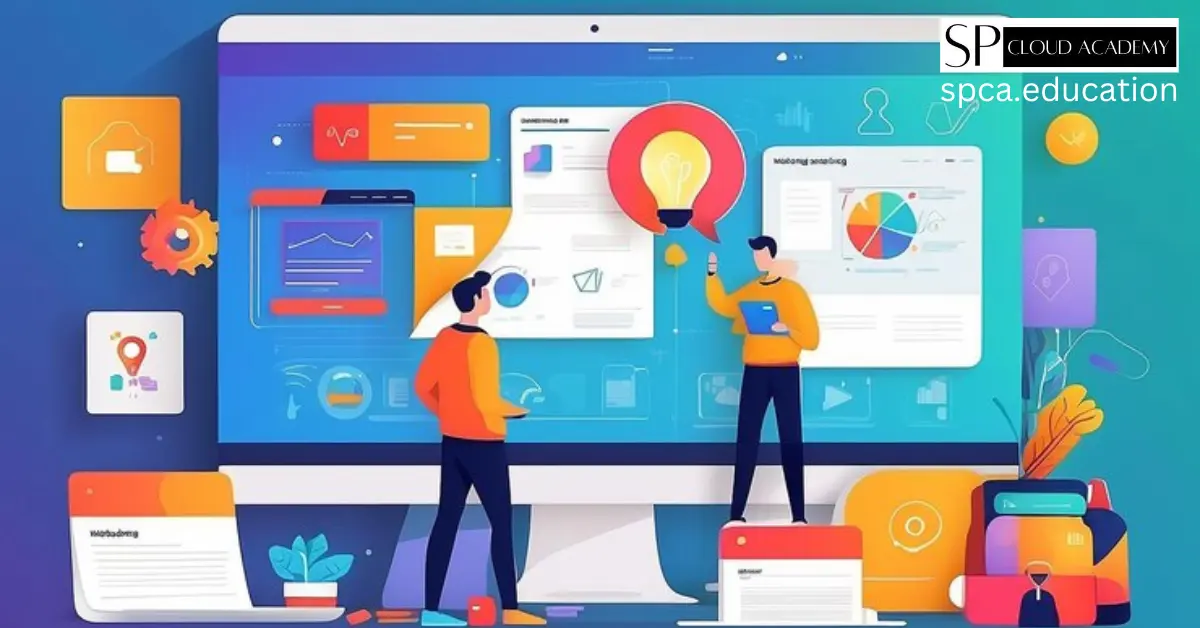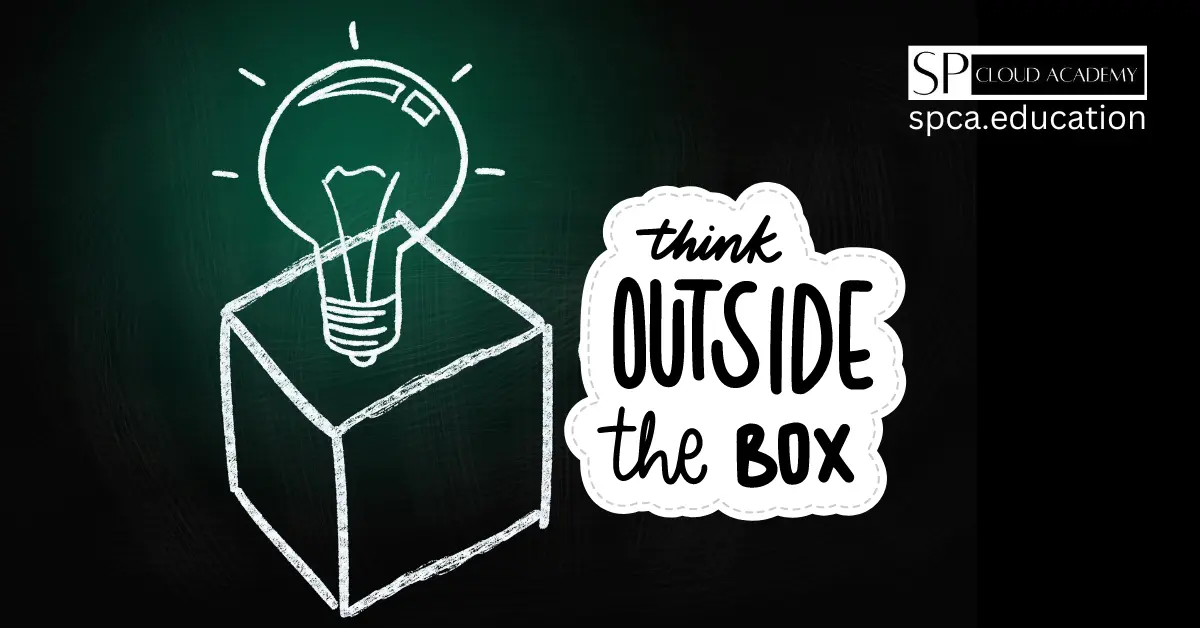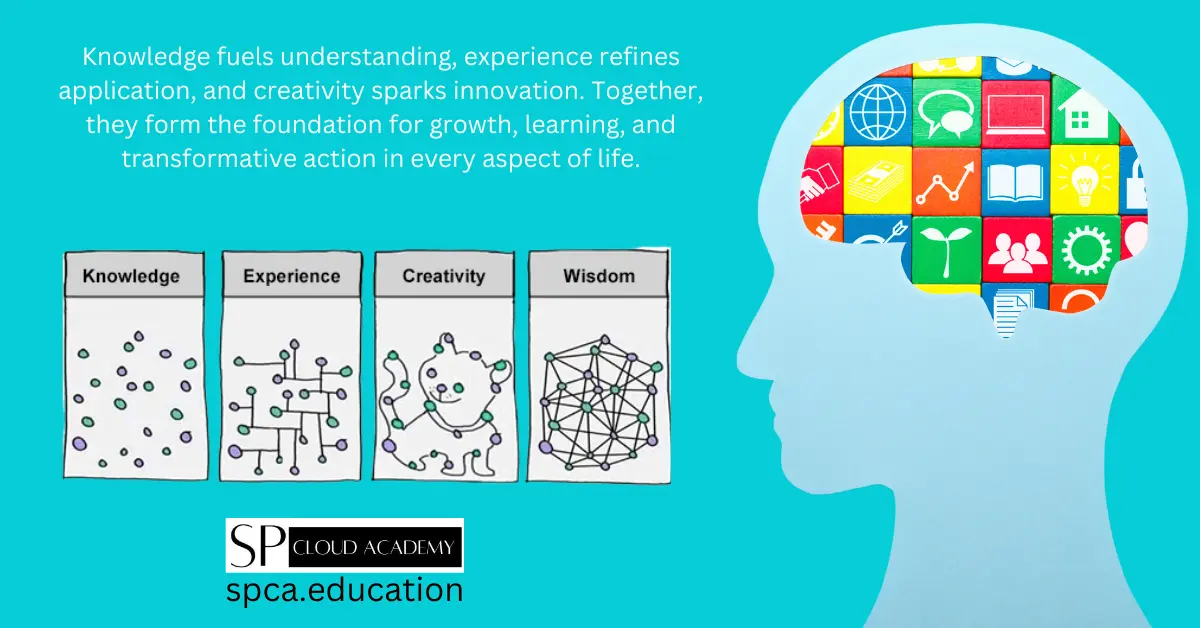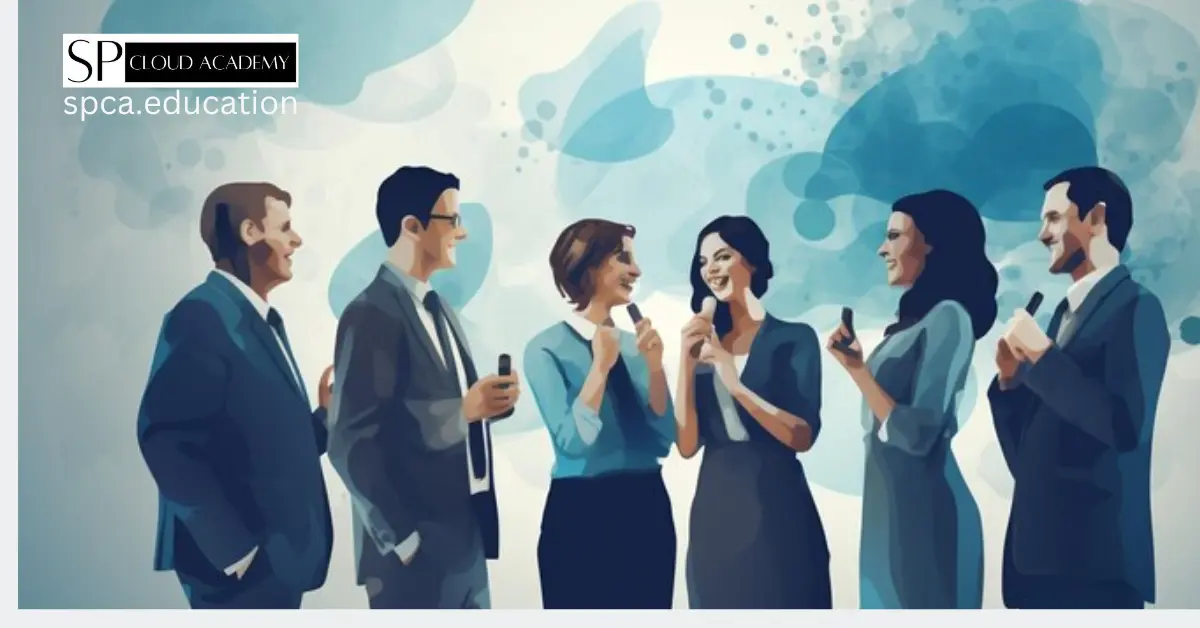Effective communication is a crucial skill that can greatly impact your personal and professional life. Whether you are presenting in front of a large audience or engaging in one-on-one conversations, the ability to convey your message clearly and persuasively is essential. In this article, we will explore various presentation techniques and public speaking skills that can help you master the art of effective communication.
The Importance of Effective Communication
Effective communication plays a vital role in all aspects of our lives. In the workplace, it enhances productivity, fosters teamwork, and builds strong relationships with colleagues and clients. In our personal lives, it allows us to connect with others on a deeper level, resolve conflicts, and express our thoughts and ideas effectively.
But what exactly makes communication effective? At its core, effective communication involves the clear transmission of information from the sender to the receiver. It requires the sender to articulate their message in a concise and understandable manner, while the receiver actively listens and comprehends the message.
Understanding the Basics of Effective Communication
To become an effective communicator, it is essential to understand the basic principles of communication. One key element is active listening. Active listening involves giving your full attention to the speaker, maintaining eye contact, and providing verbal and non-verbal cues to show your engagement. It also requires asking clarifying questions to ensure you have understood the message correctly.
Another important aspect of effective communication is empathy. Empathy allows you to understand and appreciate the perspectives and emotions of others. By putting yourself in someone else’s shoes, you can tailor your message to resonate with their needs and concerns, increasing the chances of effective communication.
Overcoming Common Communication Barriers
Communication barriers can hinder effective communication. These barriers can be physical, such as noise or distractions, or psychological, such as differing cultural backgrounds or language barriers. To overcome these barriers, it is essential to be aware of them and take proactive measures to address them.
One way to overcome communication barriers is by using simple and clear language. Avoid jargon or technical terms that may confuse the listener. Instead, use plain language that is easily understandable by a wide range of audiences.
Another effective technique is to adapt your communication style to suit the needs of the receiver. If the person you are communicating with has a different cultural background, take the time to learn about their customs and communication preferences. This will help you tailor your message to be more effective and avoid misunderstandings.
Developing Strong Presentation Skills
Presentation skills are a vital component of effective communication, particularly in professional settings. Whether you are delivering a sales pitch, presenting a project update, or conducting a training session, strong presentation skills can captivate your audience and convey your message with impact.
One key aspect of developing strong presentation skills is thorough preparation. This involves researching your topic, organizing your content in a logical manner, and creating engaging visuals or supporting materials. By being well-prepared, you can confidently deliver your presentation and address any questions or concerns raised by the audience.
Another important technique is to structure your presentation effectively. Start with a compelling introduction that grabs the audience’s attention and clearly states the purpose of your presentation. Then, organize your content into main points and supporting details, ensuring a logical flow from one point to another. Finally, conclude your presentation with a strong summary and a call to action.
The Art of Storytelling in Presentations
Storytelling is a powerful technique that can help you connect with your audience on an emotional level and make your message more memorable. Incorporating storytelling into your presentations can engage your audience and captivate their attention.
When using storytelling in presentations, it is important to choose relevant and relatable stories. These stories should support the main points of your presentation and provide real-life examples or anecdotes that resonate with your audience. By sharing stories that evoke emotions and create a personal connection, you can make your message more impactful and memorable.
In addition to choosing the right stories, it is crucial to deliver them effectively. Use descriptive language, vivid imagery, and varied pacing to bring your stories to life. Engage your audience by maintaining eye contact and using gestures and facial expressions to enhance the storytelling experience. Remember, a well-told story can leave a lasting impression and make your presentation more memorable.
Using Visual Aids Effectively
Visual aids can enhance your presentations by providing visual representations of your content and making complex information easier to understand. However, using visual aids effectively requires careful consideration and planning.
When incorporating visual aids into your presentations, keep in mind that they should support your message, not overshadow it. Choose visuals that are relevant, clear, and visually appealing. Avoid cluttered slides or excessive text, as these can distract your audience from your main points.
Another important consideration is to use visual aids as a supplement to your presentation, not a crutch. Your visuals should enhance your verbal delivery, not replace it. Use your slides or props to emphasize key points, provide visual examples, or illustrate data. Remember to maintain eye contact with your audience and engage with them directly, rather than relying solely on your visual aids.
Public Speaking Tips and Techniques
Public speaking can be a daunting task for many people, but with the right techniques and preparation, you can become a confident and compelling speaker. Here are some tips to help you improve your public speaking skills:
- Know your audience: Research and understand your audience’s needs, interests, and expectations. Tailor your message and delivery to resonate with them.
- Practice, practice, practice: Rehearse your presentation multiple times to familiarize yourself with the content and delivery. This will boost your confidence and help you deliver a polished presentation.
- Use vocal variety and tone: Vary your voice tone, volume, and pace to keep your audience engaged. Use emphasis and pauses strategically to highlight key points and create impact.
- Use body language effectively: Your body language can convey as much, if not more, than your words. Stand tall, maintain good posture, and use gestures and facial expressions to enhance your message.
- Engage the audience: Encourage audience participation through interactive activities, questions, or group discussions. This will keep them actively involved and interested in your presentation.
- Handle nervousness: Nervousness is natural, even for experienced speakers. Practice deep breathing exercises, visualize success, and focus on the value you are providing to your audience to manage nervousness.
Practicing and Preparing for a Presentation
Preparation is key to delivering a successful presentation. Here are some tips to help you practice and prepare effectively:
- Research your topic: Gather relevant information, statistics, and examples to support your main points. Conduct thorough research to ensure you have a deep understanding of your topic.
- Organize your content: Structure your presentation in a logical and coherent manner. Create an outline or storyboard to help you organize your ideas and ensure a smooth flow of information.
- Time management: Practice your presentation within the allocated time frame. Consider the needs of your audience and ensure you leave enough time for questions and discussion.
- Rehearse your delivery: Practice delivering your presentation out loud. Pay attention to your voice tone, pacing, and body language. Identify areas that need improvement and make necessary adjustments.
- Seek feedback: Ask a trusted colleague or friend to provide constructive feedback on your presentation. Consider their suggestions and make any necessary revisions to improve your delivery.
Handling Nervousness and Stage Fright
Nervousness and stage fright are common challenges that many speakers face. However, with the right techniques, you can manage and overcome these anxieties. Here are some strategies to help you handle nervousness and stage fright:
- Preparation is key: Thoroughly prepare your presentation to build confidence. Know your content inside out, practice your delivery, and anticipate potential questions or challenges.
- Visualize success: Visualize yourself delivering a successful presentation. Imagine the positive response from your audience and the sense of accomplishment you will feel.
- Use relaxation techniques: Practice deep breathing exercises, progressive muscle relaxation, or meditation to calm your nerves before your presentation. These techniques can help reduce anxiety and promote a sense of calm.
- Focus on your audience: Instead of dwelling on your own nervousness, shift your focus to the value you are providing to your audience. Remember that they are there to learn from you, and your presentation can make a positive impact on their lives.
- Embrace imperfections: Accept that no presentation is perfect, and it’s okay to make minor mistakes. Focus on delivering your message effectively and connecting with your audience, rather than striving for perfection.
Engaging the Audience and Maintaining Their Interest
Engaging your audience is crucial to maintaining their interest and ensuring they actively participate in your presentation. Here are some techniques to help you engage your audience:
- Start with a compelling opening: Begin your presentation with a strong opening that grabs the audience’s attention. Use a captivating story, a thought-provoking question, or a surprising fact to pique their curiosity.
- Use interactive activities: Incorporate interactive activities or group discussions to encourage audience participation. Ask thought-provoking questions, conduct polls, or provide hands-on exercises to keep your audience engaged.
- Share relatable examples: Use real-life examples or case studies that resonate with your audience. This will make your content more relatable and increase their interest and engagement.
- Use humor strategically: Appropriate humor can lighten the mood, create a positive atmosphere, and make your presentation more enjoyable. However, use humor sparingly and ensure it aligns with your audience and topic.
- Maintain eye contact: Establish eye contact with different individuals throughout your presentation. This creates a sense of connection and engagement with your audience.
Q&A Sessions and Handling Difficult Questions
Q&A sessions are an important part of any presentation, as they provide an opportunity for the audience to seek clarification or further information. Here are some tips for handling Q&A sessions and difficult questions:
- Anticipate potential questions: Before your presentation, anticipate potential questions your audience may ask. Prepare thoughtful responses to these questions to ensure you can address them effectively.
- Active listening: Pay close attention to the questions asked by your audience. Make sure you fully understand the question before providing a response. If necessary, ask for clarification to ensure you address their concerns accurately.
- Be honest and transparent: If you don’t know the answer to a question, don’t try to bluff your way through it. Instead, admit that you don’t have the information at hand but will follow up with the necessary details later.
- Stay calm and composed: Even if faced with challenging or confrontational questions, maintain your composure and respond in a professional and respectful manner. Avoid getting defensive or engaging in arguments.
- Keep your responses concise: Be mindful of the time available and keep your responses concise and focused. Provide a clear and direct answer to the question asked, without going off on tangents.
The Power of Body Language in Communication
Body language is a powerful form of non-verbal communication that can greatly enhance or undermine your message. Here are some tips for using body language effectively:
- Stand tall and maintain good posture: Good posture conveys confidence and professionalism. Stand tall with your shoulders back and your head held high. Avoid slouching or crossing your arms, as this can create a closed-off impression.
- Use gestures and facial expressions: Use hand gestures and facial expressions to emphasize key points and convey enthusiasm. However, be mindful of excessive or distracting gestures that can detract from your message.
- Maintain eye contact: Establish and maintain eye contact with your audience. This conveys trust, engagement, and authenticity. Make an effort to connect with different individuals throughout your presentation.
- Smile: A genuine smile can create a positive and welcoming atmosphere. Smiling also helps to establish rapport with your audience and make them feel at ease.
- Mirror your audience: Pay attention to the body language of your audience and adjust your own body language accordingly. Mirroring their gestures and posture can help create a sense of connection and rapport.
Using Vocal Variety and Tone Effectively
Your voice tone and vocal variety play a significant role in conveying your message effectively. Here are some tips for using vocal variety and tone effectively:
- Vary your voice tone: Use different tones of voice to create emphasis and highlight key points. Adjust your tone to match the emotions or moods you want to convey, such as excitement, empathy, or urgency.
- Modulate your volume: Vary your voice volume to maintain interest and engagement. Speak softly to create an intimate atmosphere, and raise your voice for emphasis or to capture attention.
- Pace your speech: Vary the pace of your speech to maintain interest and prevent monotony. Speak slowly to emphasize important points, and speed up during transitions or less critical information.
- Use pauses strategically: Pauses can be powerful tools for creating impact and allowing your audience to absorb information. Use brief pauses before or after key points to give them time to sink in.
- Articulate clearly: Ensure that your words are pronounced clearly and enunciated properly. Pay attention to your diction, especially when using complex or technical terms. This will enhance your audience’s understanding and engagement.
The Role of Confidence in Effective Communication
Confidence is a key attribute of effective communication. When you exude confidence, you inspire trust, engage your audience, and convey your message with conviction. Here are some strategies to boost your confidence:
- Prepare thoroughly: Thorough preparation is the foundation of confidence. Know your content inside out, practice your delivery, and anticipate potential questions or challenges.
- Visualize success: Visualize yourself delivering a successful presentation with confidence. Imagine the positive response from your audience and the impact you are making.
- Focus on your strengths: Identify your strengths as a communicator and leverage them. Whether it’s your knowledge, storytelling ability, or engaging speaking style, focus on what you excel at to boost your confidence.
- Practice positive self-talk: Replace negative thoughts or self-doubt with positive affirmations. Remind yourself of your past successes and capabilities. Repeat positive statements such as “I am well-prepared and capable of delivering a great presentation.”
- Seek feedback and learn from it: Constructive feedback can help you identify areas of improvement and build your confidence. Seek feedback from trusted colleagues or mentors and use it to refine your communication skills.
Resources and Courses for Improving Presentation and Public Speaking Skills
There are numerous resources and courses available to help you improve your presentation and public speaking skills. Online platforms offer a wide range of self-paced courses, tutorials, and webinars that cater to different skill levels. Consider joining a public speaking club or organization, such as Toastmasters, where you can practice in a supportive and constructive environment. Books and podcasts on public speaking can also provide valuable insights and tips.
Conclusion
Effective communication is a valuable skill that can greatly enhance your personal and professional life. By mastering presentation techniques and public speaking skills, you can effectively convey your ideas, influence others, and achieve your goals. Remember that effective communication is a continuous process of learning and improvement. With practice, preparation, and the right techniques, you can become a confident and compelling communicator.
CTA: Start practicing your presentation and public speaking skills today by joining a local Toastmasters club or enrolling in an online course. Remember, effective communication is a skill that can be learned and mastered with dedication and practice.
See Also
Unleashing the Power of TED Talks: How These Inspirational Speeches Can Transform Your Life
-

The Creative Edge: How to Foster Imagination in Your Daily Life
-

Boost Your Interview Skills with the Best Online Mock Interviews Platforms
-

Master the Art of Acing Mock Interviews: Your Complete Guide from A to Z
-

The Ultimate Guide to Streamlining Project Management and Collaboration with Google Sites
-

Unlocking Limitless Potential: How to Master the Art of Thinking Outside the Box
-

Unleashing the Power of Knowledge, Experience, and Creativity: A Winning Trio for Success
